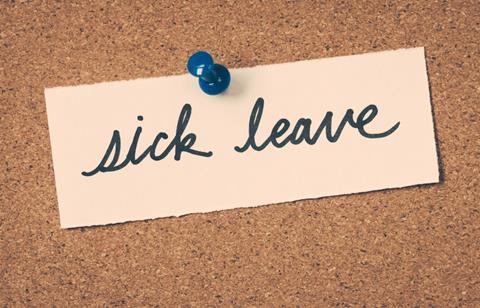
UK government ministers have been told to develop “robust contingency plans” for workplace absences amid fears that rising cases of the Omicron variant of Covid-19 (Coronavirus) could result in up to a quarter of staff being off work at the same time.
The Cabinet Office said public sector leaders had been asked to prepare for absence rates of 10%, 20% and a worst case scenario of 25% as the country returns to school and work after the Christmas holiday.
Record numbers of Covid-19 cases have been seen over the festive period, with the NHS, schools and the transport industry already seeing the effects as workers report sick and self isolate.
Cabinet Office minister and chancellor of the Duchy of Lancaster Steve Barclay has been chairing regular meetings with ministers to examine how the Omicron variant spread is affecting workforces and supply chains both now and in the immediate future, especially in industries where staff cannot work from home.
Prime minister Boris Johnson has asked ministers and departments to work closely with their sector specialists to “anticipate and mitigate” any potential disruption, manage workforce absences and test contingency plans.
The Omicron variant, which has so far been “highly transmissible” has meant businesses and public services “will face disruption in the coming weeks, particularly from higher-than-normal staff absence”, according to Barclay. However, his department stressed that disruption has so far been controlled in “most parts of the public sector”.
Current guidelines state that people who test positive for Covid-19 must self-isolate for at least seven days in England, Wales and Northern Ireland. In order for their self-isolation period to end, they must produce two negative lateral flow results 24 hours apart, with the first no earlier than day six.
Meanwhile, in Scotland, positive cases must isolate for 10 days, while unvaccinated contacts of positive cases must also isolate for 10 days in all parts of the UK.
















